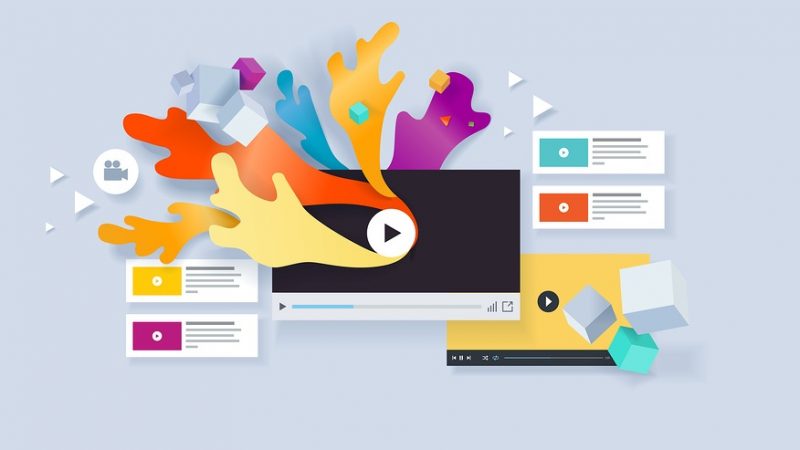Bringing Ideas to Life: The Essential Guide to Software Prototyping
In the software development industry, prototyping emerges as a crucial thread, intertwining concepts with reality. This article offers a window into the world of software prototyping, highlighting its pivotal role in the software development lifecycle. Prototyping is more than a preliminary step; it’s a process that transforms abstract ideas into tangible models, bridging the gap between theoretical designs and practical applications.
Understanding the essence of software prototyping is vital for anyone venturing into software development. It’s a practice that not only illuminates the path forward but also ensures that the journey from an initial idea to a functional product is both efficient and effective. As we delve into the nuances of prototyping, we uncover its significance in shaping software that is not just functional but also resonant with its intended users.
Understanding Software Prototyping: An Overview
Software prototyping is an exploratory process where developers create a preliminary version of a software application intended to demonstrate its functionality and design. It serves as a practical tool for visualizing how the final product will look and operate, allowing for adjustments before substantial resources are invested in full-scale development. Prototyping is integral to refining and validating the software’s design, ensuring alignment with user needs and project objectives.
Prototypes come in various forms, ranging from low-fidelity sketches, which are quick and rough representations, to high-fidelity, interactive models that closely resemble the final product. Each type serves a different purpose: low-fidelity prototypes are ideal for initial brainstorming and concept validation, while high-fidelity prototypes are useful for user testing and stakeholder presentations. Choosing the right type of prototype is a key decision that influences the development process and outcomes.
The Role of Prototyping in Clarifying Requirements
Prototyping is instrumental in elucidating and refining user requirements. It transforms abstract needs and concepts into a visual and interactive format, making it easier for stakeholders to understand and provide feedback. This early stage involvement is crucial, as it allows developers to capture and interpret the user’s perspective, ensuring that the final product aligns with their expectations and solves their specific problems.
The iterative nature of prototyping means that feedback can be incorporated rapidly, leading to a more refined and user-centric software solution. This process of continuous refinement helps avoid misunderstandings and misinterpretations that can lead to costly reworks later in the development cycle. By engaging users early and often, prototyping ensures that the software is built with a clear understanding of user needs and requirements.
Prototyping Techniques and Tools
Diving deeper into the realm of prototyping, we encounter a variety of techniques and tools, each tailored to different stages of development and objectives. Techniques like wireframing lay the groundwork for the structure and layout of the application, offering a clear blueprint without delving into aesthetic details. On the other hand, mockups add a layer of visual design, providing a more realistic representation of the final product, albeit still static.
The tools used in prototyping are as diverse as the techniques themselves. From simple sketching tools for low-fidelity prototypes to sophisticated software like Adobe XD, Sketch, and Axure for high-fidelity, interactive prototypes, the choice depends on the project’s requirements. These tools enable developers and designers to quickly iterate and refine their concepts, transforming them into functional prototypes that can be tested and evaluated.
Enhancing User Experience Through Prototyping
One of the most compelling aspects of prototyping is its ability to enhance the user experience (UX) of the final product. By creating prototypes that users can interact with, developers gain invaluable insights into user behavior and preferences. This process allows for the design of interfaces that are not only visually appealing but also intuitive and user-friendly.
Prototypes serve as a testing ground for UX design, enabling the identification and rectification of usability issues before they become ingrained in the software’s architecture. This focus on user experience ensures that the final product is not only functional but also enjoyable to use, which is crucial in today’s user-centric digital landscape.
Reducing Costs and Risks in Development
One of the pragmatic benefits of software prototyping is its impact on reducing costs and risks during development. By identifying and addressing design flaws, misunderstandings, and misaligned expectations early in the development process, prototyping helps avoid the significant expense and time involved in making changes during later stages of development.
This proactive approach to problem-solving means that potential issues are dealt with when they are less complex and costly to resolve. By refining the product early and continuously, the development team can minimize the risk of project overruns, ensuring that the final product is delivered on time and within budget.
Agile Methodology and Iterative Prototyping
In the world of Agile software development, prototyping plays a pivotal role. Agile methodologies, with their emphasis on iterative development and continuous feedback, align perfectly with the principles of prototyping. In this dynamic environment, prototypes evolve in tandem with the project, adapting to new insights and changing requirements.
Iterative prototyping within an Agile framework allows for a more flexible and responsive development process. It provides regular opportunities for stakeholder feedback and user testing, ensuring that each iteration of the product is closer to what the end-users need and want. This synergy between Agile and prototyping leads to more effective and efficient software development.
Conclusion
Software prototyping is an indispensable tool in the arsenal of modern software development. It bridges the gap between concept and reality, bringing clarity to project objectives, enhancing user experience, reducing development risks, and aligning perfectly with Agile methodologies. By adopting prototyping practices, developers and businesses alike can navigate the complexities of software development with greater confidence and success.
In essence, prototyping is not just about building software; it’s about crafting experiences, validating ideas, and ensuring that the final product resonates with its intended users. It’s a journey of exploration, discovery, and refinement that lies at the heart of creating effective and impactful software solutions.
Follow TechR for more!






